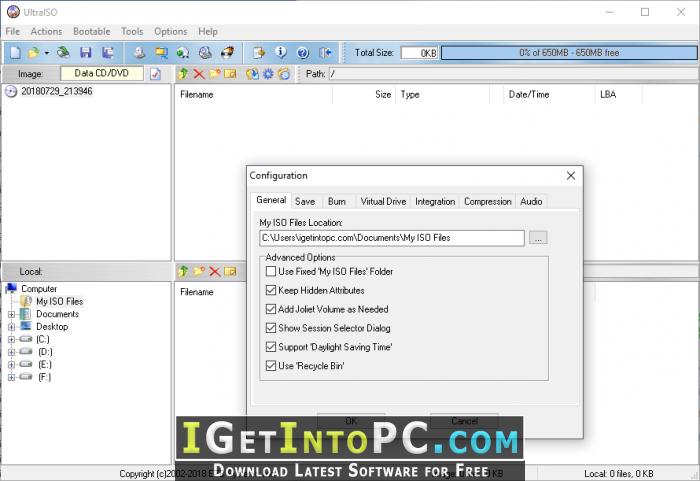
- How to make a file on desktop using 9.7 how to#
- How to make a file on desktop using 9.7 install#
- How to make a file on desktop using 9.7 software#
- How to make a file on desktop using 9.7 code#
How to make a file on desktop using 9.7 code#
Open Visual Studio Code (if it is open already, create a new instance with Command + Shift + N or Control + Shift + N) and then click on Open Folder.Ĭreate a new folder named “Electron-Royale”, select it and then click Open.Īgain, read this overview page if you are new to Electron, and then return here.Įnter the following for main.js: const /node_modules/.bin/electron. Visual Studio Code then looks for those settings and uses them to set up the environment and provide code intelligence. Instead you create a folder and define configuration files in the folder. Some extensions will set up new projects for you. The standard package manager for Python is pip.
How to make a file on desktop using 9.7 software#
Visual Studio Code doesn’t have a New Project menu option that you might be used to from using Flash Builder or other IDEs. Homebrew is a free and open-source software package management system that simplifies the installation of software on Apple’s operating system Option-2: Using pip command. This can be in the form of a /node_modules directory in your project or a reference to another external location. You also need a reference to an Electron development instance. main.js – Starts the app and creates a browser window to render HTML.package.json – This points to the app’s main file and lists its details and dependencies.*Extension pack that includes AS3 & MXML plugin, AS3 projects and AS3 snippets – LinkĪ basic Electron application needs just these files:.

How to make a file on desktop using 9.7 install#
How to make a file on desktop using 9.7 how to#
In this guide you’ll learn how to do that. Therefore, you must use the project file.With Apache Royale and Electron you can publish your projects to desktop applications. This property is not made available through the Visual Studio integrated development environment (IDE). You will have to click Accept once before the change will take effect. To turn DirectX 9 or DirectX 11 on, choose the drop-down box next to Graphics Hardware Level. For more information, see RequiresElevation You can select a character in the game and access the options by logging in. Find the mdb file, right click it and choose 'Send to' - Desktop (create shortcut) Then when you want to open that database, just double click the new shortcut rather than opening Access first. Therefore, you must use the project file. Hi McDavidGillies, The handiest way to do this is put a shortcut on your Desktop to the mdb database file. In the project file's MsiBootstrappersection, set the RequiresElevation property To elevate permissions for an installation, open the project (. The elevation prompt occurs after the prerequisite installations but before the application installation. For example, modifying Internet Information Services (IIS) settings in a Web Setup project requires administrative privileges, as does installing assemblies to the global assembly cache. However, you can elevate the application installation if you have to. In the embedded UAC manifest of the bootstrapper, the requestedExecutionLevel node specifies that the installation run as the current user ( asInvoker): Restart a network device If you reconfigured a network that was already in use during installation, you must disconnect and reconnect the device in anaconda for the changes to take effect.

msi file usually prompts the user, whereas Setup.exe does not. Therefore, the installation does not prompt for elevation when the final application

Typically, Setup.exe (also known as the bootstrapper) does not run as elevated it runs at the current user's permission level. You need to ask for the permission to execute the script, and you can set the MsiBootstrapper property to TRUE as below description.


 0 kommentar(er)
0 kommentar(er)
